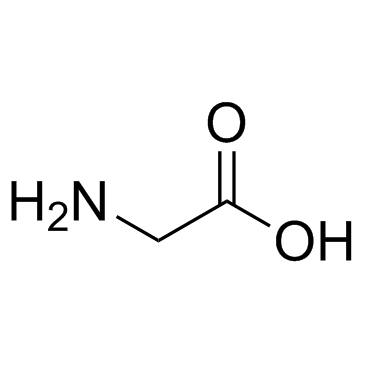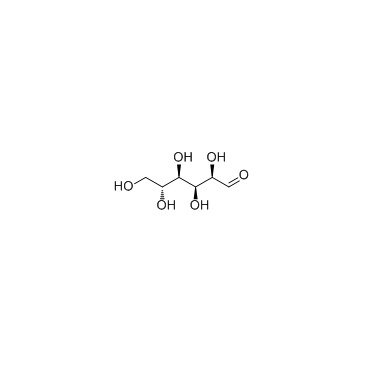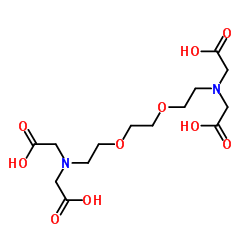| 结构式 | 名称/CAS号 | 全部文献 |
|---|---|---|
 |
氯化钠
CAS:7647-14-5 |
|
 |
S-亚硝基谷胱甘肽
CAS:57564-91-7 |
|
 |
甘氨酸
CAS:56-40-6 |
|
 |
十二烷基硫酸钠
CAS:151-21-3 |
|
 |
二甲基亚砜
CAS:67-68-5 |
|
 |
Nω-硝基-L-精氨酸
CAS:2149-70-4 |
|
 |
L-谷氨酰胺
CAS:56-85-9 |
|
 |
D(+)-无水葡萄糖
CAS:50-99-7 |
|
 |
4-羟乙基哌嗪乙磺酸
CAS:7365-45-9 |
|
 |
3,6-二氧杂-1,8-辛二胺四乙酸(EGTA)
CAS:67-42-5 |